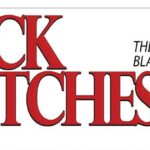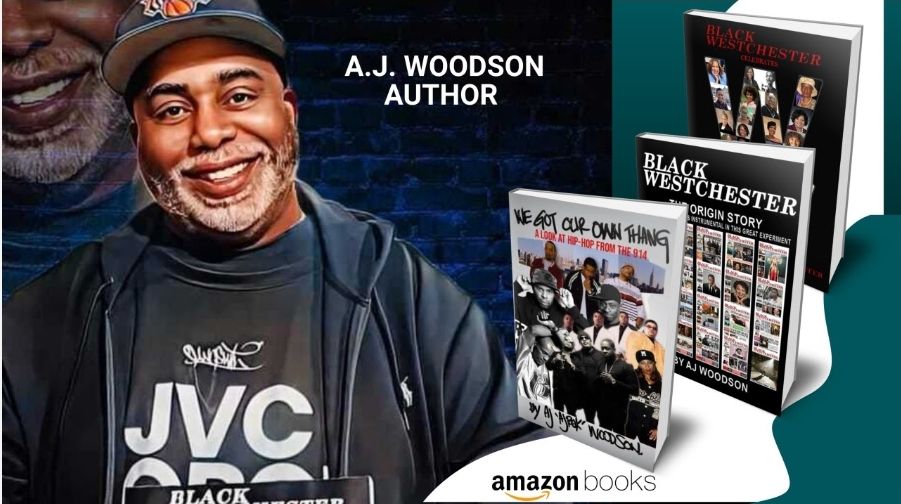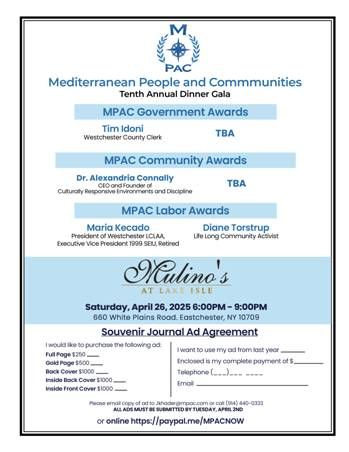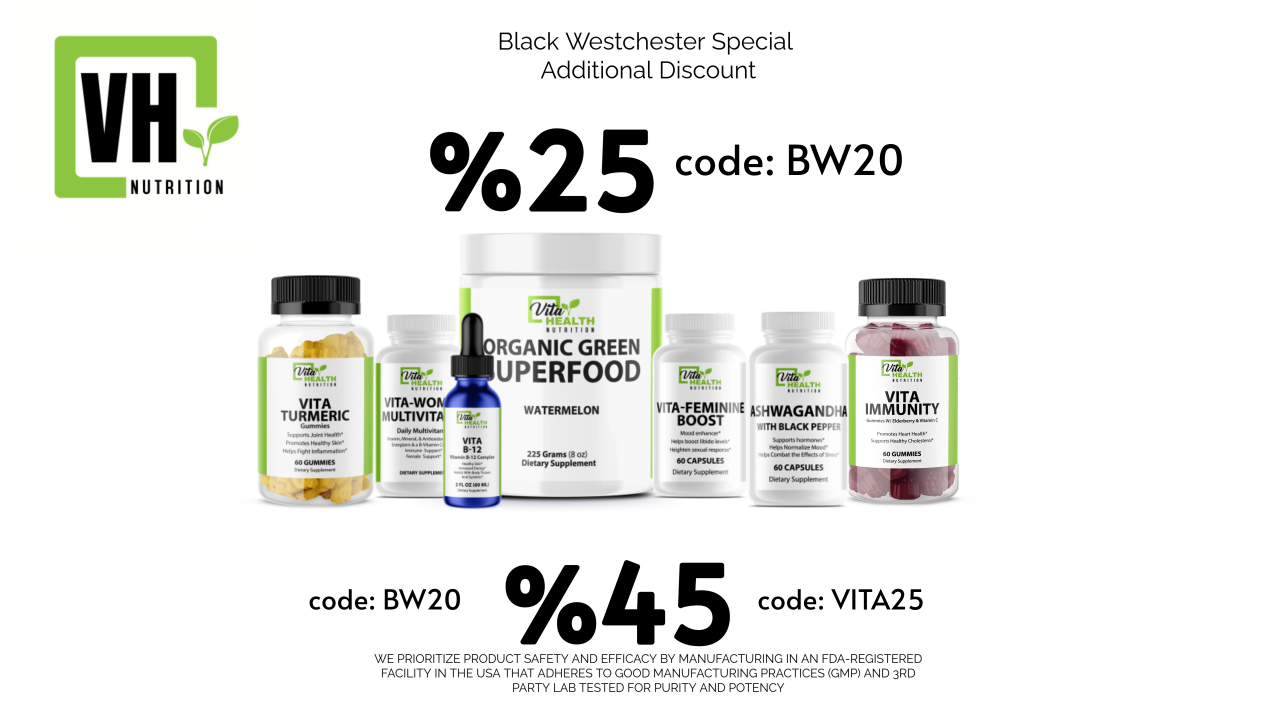Tariffs are not typically designed to educate consumers—but that’s exactly what they’ve done.
As the U.S.–China trade war heats up, something unexpected has emerged: Chinese manufacturers, in response to tariff pressure, have begun revealing their role in producing luxury goods sold under elite European labels. And in doing so, they’ve exposed a side of the luxury fashion industry most consumers never see.
Brands like Louis Vuitton and Gucci are at the center of this controversy.
Across Chinese social media, manufacturers have confirmed that components, materials, and even fully constructed handbags for these luxury giants are being produced in Chinese factories. What happens next is where the illusion takes form: the nearly completed bags are shipped to Italy or France, where minimal final touches—like hardware installation, logo embossing, or simple stitching—are performed. The products are then legally stamped “Made in Italy” or “Made in France.”
This labeling tactic exploits a trade law loophole: under World Trade Organization rules, a product’s country of origin is determined by where the “last substantial transformation” occurs. That means even if 80–90% of the labor and parts come from China, a final assembly step in Europe is enough to qualify for a European label.
The end result? A product that costs around $900-$1,200 to produce is sold for$5,000- $10,000 or more, based largely on branding, perceived heritage, and consumer ignorance about its true origin.
And it’s working—because most consumers never ask the question.
The issue here is not legality. What these companies are doing is permitted under current trade law. The issue is honesty. Consumers believe they are paying for European craftsmanship when, in reality, they are paying for a mass-produced item with a European label added at the last step.
This matters especially in a market like the United States, where Black Americans rank among the highest per-capita consumers of luxury fashion. Designer bags, shoes, and accessories are marketed as status symbols—but that perception is being sold at a steep price, often without real value to match. These are not heirlooms handcrafted by artisans in Milan. In many cases, they are factory-line goods produced with the same methods and materials as mid-market products.
What’s really being sold is branding, not craftsmanship.
A Louis Vuitton bag made almost entirely in a Chinese factory is not materially different from a $100 bag found in a department store. The distinction lies in perception—backed by celebrity endorsements, marketing campaigns, and the power of a label. The price tag reflects what people think they’re buying, not what they’re actually getting.
The revelations coming out of China show just how wide that gap has become. The luxury business model relies on keeping consumers focused on image, not information. But the current tariff war has flipped that dynamic, if only briefly, by forcing transparency into the conversation.
And that transparency reveals a simple truth: you’re paying thousands for a story, not a product.
This is not an argument against buying what you like. People are free to spend however they choose. But the least consumers deserve is clarity. And what we’re learning now is that the “luxury” label has become less about origin and more about manipulation.
The most tragic part of this illusion is its real-world impact in communities where image often carries high social currency. In some Black communities, people have been robbed—or even killed—over designer bags, chasing or defending what they believed were symbols of success and status. Meanwhile, all over social media, we see viral videos of smash-and-grab robberies in luxury stores, with crowds looting shelves of bags that retail for thousands of dollars—but are, in reality, mass-produced products with inflated price tags. The truth revealed by global manufacturing disclosures is sobering: many of these bags are no different in material quality than items sold at Walmart. The difference isn’t in the craftsmanship—it’s in the marketing. And that marketing has made people risk their lives for what amounts to nothing more than a name and a markup.
If the current administration’s trade policies have done anything, it’s this: They’ve accidentally exposed how global corporations—especially in the fashion industry—use legal loopholes, cheap labor, and branding to maximize profit at the consumer’s expense.
And here’s where the situation could escalate. If trade tensions continue, China holds a powerful card it hasn’t fully played: it could begin openly producing and selling high-end handbags—made in the same factories, with the same materials, and often by the same workers currently producing for European brands—at a fraction of the price. With the technical expertise and supply chains already in place, China could flood the global market with unbranded or China-branded luxury alternatives that are functionally identical to $5,000-$10,000 European bags.
This wouldn’t just affect Louis Vuitton or Gucci. Brands like Prada, Burberry, Coach, and even labels under the Michael Kors and Tory Burch umbrellas all rely heavily on Chinese manufacturing for parts or full production. Doing so wouldn’t just disrupt pricing—it would shatter the illusion of exclusivity that the luxury industry depends on. And once that illusion is gone, the entire market begins to collapse.
And if we are getting nothing else from President Trump, we are getting the truth about how corporations have long taken advantage of Black Americans’ spending—offering prestige on the surface, but little value underneath. Like it or not, Truth is Truth!










